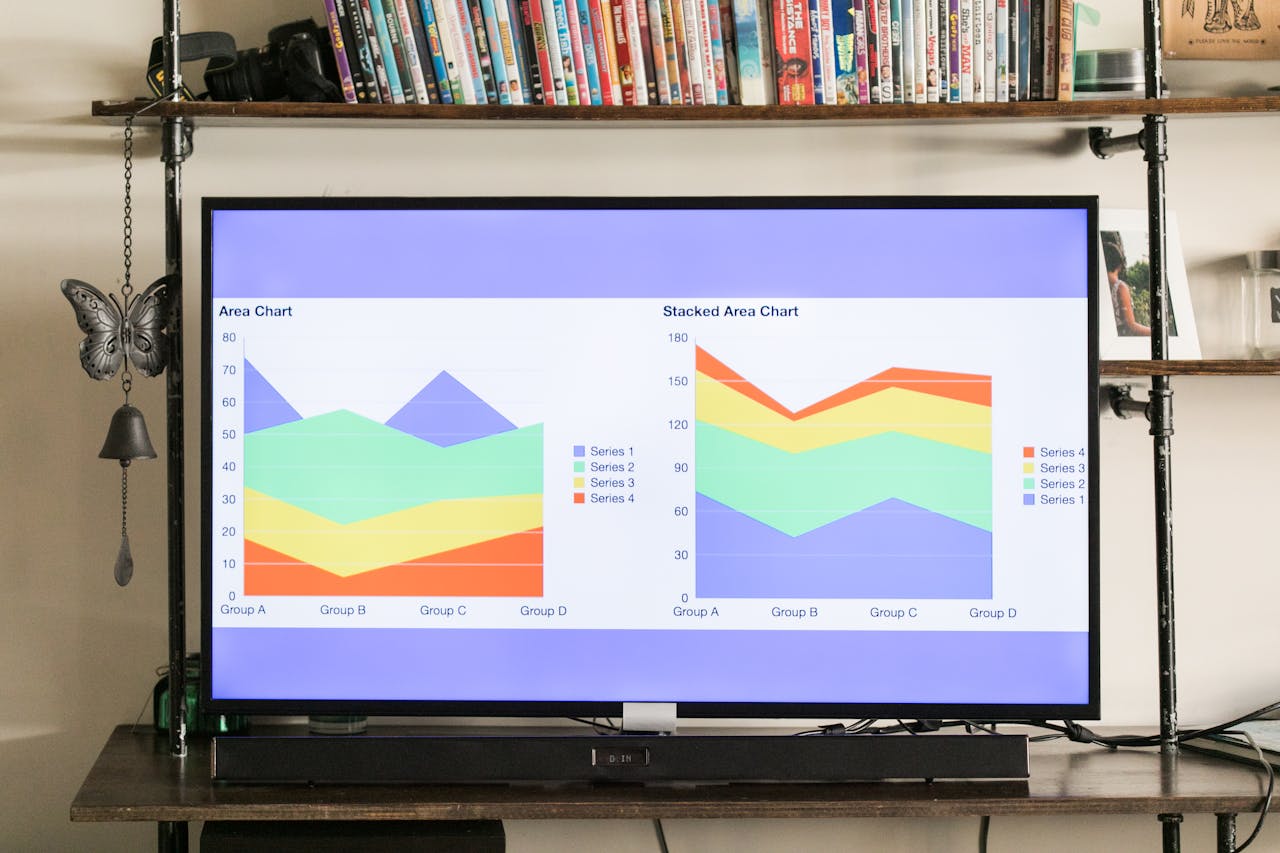Here’s why I take my clients seriously when they say their ad campaigns “aren’t working”—even if the KPIs suggest otherwise.
As a digital marketer, I live and breathe in platforms like Google Ads, LinkedIn Ads, and GA4. I watch cost per lead. I monitor lead volume. I track qualified lead conversions and conversion rates. But even with all of that data, there are a few things I still can’t see unless the client tells me:
- The conversations their sales team is having
- How much revenue those leads are actually generating
- What the real profit margin looks like
And that’s where the disconnect can happen.
Metrics Don’t Always Equal Value
I can upload offline conversions. I can estimate margins. I can optimize toward form submissions or scheduled demos. But at the end of the day, the client has the full picture of their business. They know the difference between a lead that closes in 30 days and one that ghosts after an initial reply.
They know their business. I know digital advertising.
And when a client says, “This isn’t working,” that’s not something to dismiss—that’s a signal to pause, collaborate, and dig in.
Start With a Gut Check (and a Conversation)
If a business owner or marketing director isn’t feeling the impact of your campaigns, ask:
- Are the leads turning into meaningful conversations?
- Are deals closing? If not, why?
- Does the sales team feel aligned with the message and lead quality?
Sometimes the data looks great on your side, but the experience on the sales floor tells a different story. That’s not a campaign failure—that’s a feedback loop you need to close.
Educate Each Other
Not every client is a PPC expert. They might not fully understand how platforms optimize, how attribution works, or what timelines are realistic.
And on the flip side? You might not fully understand their sales cycle, buyer objections, or backend economics.
That’s why great partnerships are built on mutual education:
- Help your client understand what the campaign is designed to do and when
- Ask better questions about their business model, win rates, and close cycles
- Get clear on what success actually looks like to them
Only then can you build campaigns that not only perform in-platform but perform in real life.
And Seriously… Check Your Tracking
Before you go too deep in the business strategy weeds, do a basic audit:
- Is your conversion tag firing correctly?
- Are events flowing properly to GA4?
- Is the CRM capturing source/medium data?
- Are there any discrepancies between what GA4 shows and what the client is seeing?
Tracking issues are more common than you think. And more often than not, something breaks quietly in the background while you’re optimizing.
Final Thoughts
When a client says something isn’t working, don’t jump to defense.
Don’t cite the CTR. Don’t pull out the CPL chart.
Ask questions. Get curious.
There might be a misalignment in messaging. Or in audience targeting. Or in expectations. But the only way to uncover that is to treat your client like a partner, not a data source.
Because marketing that works on paper but fails in practice? Still a failure.
The goal isn’t just leads. It’s results that matter.
And that’s something only your client can truly measure.

Hi There! I’m Scott, and I am the principal consultant behind Stratus Analytics. I’ve have been providing freelance digital marketing services for over 20 years. DISCLAIMER: Due to my work in the packaging industry, I unforunately cannot take on freelance clients within the packaging manufacturing space. I do not want to provide disservice to your vision or my employer. Thank you for understanding.
